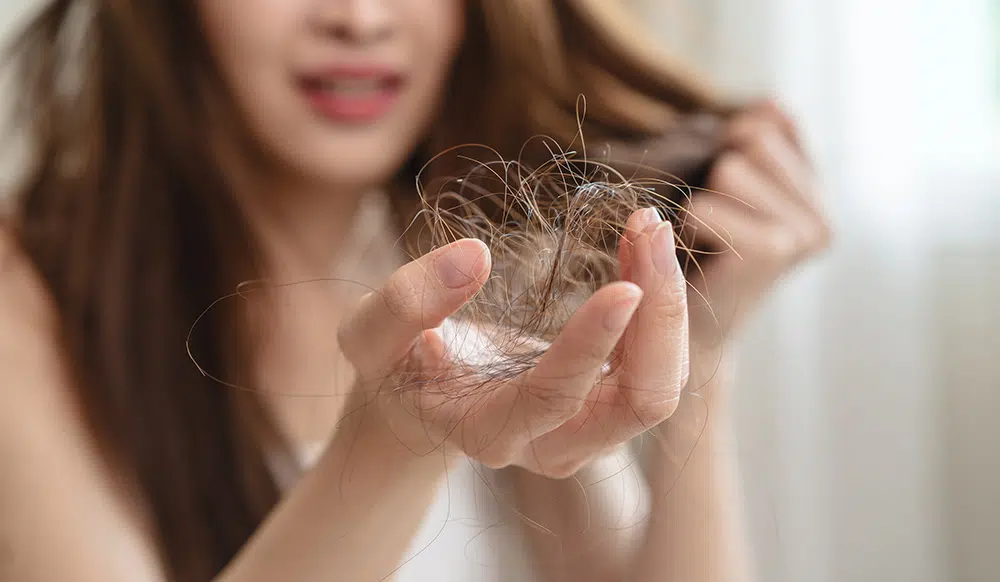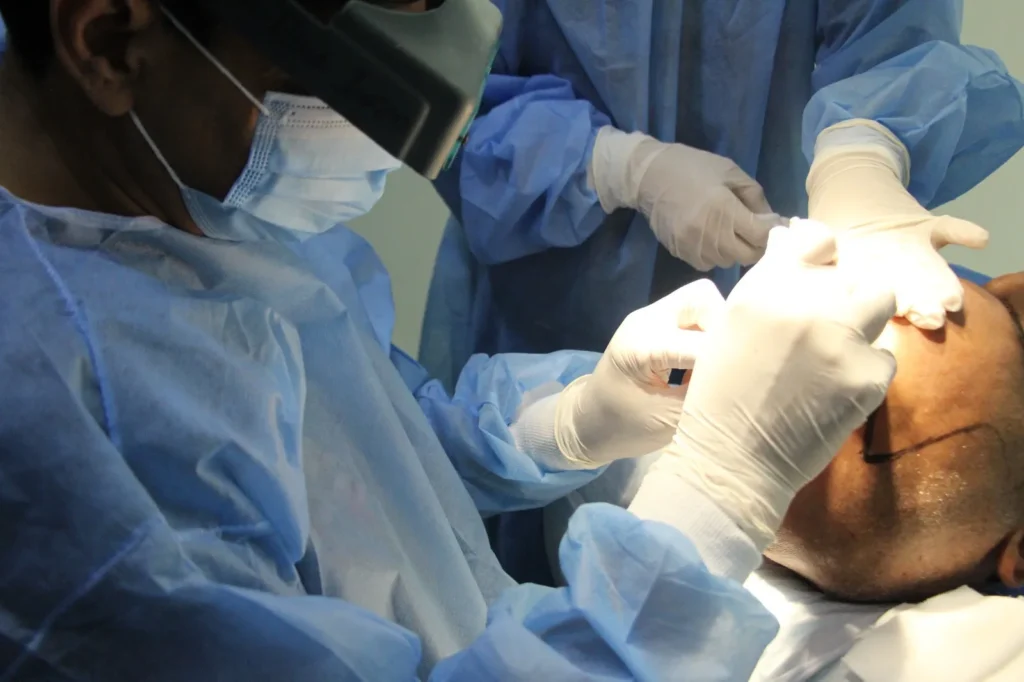Are you noticing thinning hair or sudden shedding and searching for hair loss treatment in Brooklyn that actually works? This guide walks you through trusted, expert-backed solutions—from FDA-approved medications to PRP, transplants, and lifestyle changes—tailored for Brooklyn residents.
You’ll discover what treatments are available locally, what kind of results to expect, and how to take the next step. With expert input, medical accuracy, and real patient stories, this article gives you the clarity and confidence to move forward.
Understanding Hair Loss: Causes & Local Context

Hair loss affects people of all ages and backgrounds in Brooklyn, and understanding why it happens is the first step to effective treatment.
Common Types of Hair Loss in Brooklyn Residents
- Androgenetic alopecia (male/female pattern baldness): The most common cause.
- Telogen effluvium: Often triggered by stress, illness, or hormonal changes.
- Traction alopecia: From tight hairstyles like braids or buns.
- Alopecia areata: An autoimmune condition causing patchy loss.
Unique Lifestyle & Environmental Factors
Living in Brooklyn means exposure to urban stress, hard water, pollution, and dietary imbalances—all of which can contribute to hair thinning. Tight hairstyles common in some cultural communities may also increase the risk of traction alopecia.
Diagnosis & Evaluation: What to Expect
Before any treatment, a professional diagnosis is essential.
In-Office Assessments
Dermatologists and trichologists in Brooklyn typically perform:
- Scalp exams to assess inflammation, density, and damage.
- Trichoscopy, a non-invasive magnified scalp analysis.
- Photographic tracking to monitor progress over time.
Lab Tests and Medical History
Blood tests may check for:
- Iron deficiency
- Thyroid dysfunction
- Hormonal imbalances
- Vitamin D or B12 levels
Medical Treatments Available
Topical Therapies
- Minoxidil (Rogaine): FDA-approved, promotes blood flow and follicle activity.
Available OTC in 2% and 5% solutions for men and women.
Results typically start to show in 3–6 months with consistent use.
Oral Medications
- Finasteride (Propecia): Blocks DHT, a hormone that shrinks follicles.
- Dutasteride: Stronger DHT blocker, often used off-label.
- Dutasteride micro-injections are a newer, targeted option with fewer side effects.
New & Advanced Options
- Ritlecitinib: Recently FDA-approved for alopecia areata.
- Low-Level Laser Therapy (LLLT): Red-light laser caps or combs for home use.
Mixed evidence but safe and non-invasive.
Cosmetic & Procedural Treatments in Brooklyn
PRP / PRF Therapy
- Involves injecting your own platelet-rich plasma into the scalp.
- Stimulates follicles and improves hair thickness.
- Available in clinics like Park Slope Dermatology and Heights Aesthetic Laser Center.
- Minimal downtime, best results seen after 3–6 sessions.
Hair Transplant Options
- FUE (Follicular Unit Extraction): Minimally invasive, leaves no linear scar.
- FUT (Strip Method): Often used for maximum graft yield.
Scalp Micropigmentation
- A cosmetic tattoo technique to mimic hair follicles.
- Ideal for those with thinning hair who want a fuller appearance without surgery.
Lifestyle, Nutrition & Home Care
Diet & Supplementation
Include:
- Iron, zinc, biotin, vitamin D3, omega-3s
- Protein-rich foods: eggs, fish, lentils
Stress Management & Natural Remedies
- Meditation, yoga, or therapy to lower cortisol levels.
- Rosemary oil and onion juice: Show promise in small studies for regrowth.
Healthy Haircare Habits
Avoid:
- Heat styling
- Tight braids
- Harsh shampoos with sulfates or alcohols
Treatment Timeline & Expectations
| Month | What to Expect |
|---|---|
| 1–2 | Reduced shedding, minimal visible change |
| 3–4 | Early regrowth for minoxidil, PRP response |
| 6 | Noticeable improvement in thickness |
| 9–12 | Full visible results for transplant/PRP |
Insurance & Cost Considerations in Brooklyn
- Minoxidil: $20–40/month OTC
- Finasteride: $30–80/month (often requires a prescription)
- PRP: $400–800 per session (typically not covered)
- Hair Transplant: $4,000–$15,000 depending on grafts

Check with providers like Kleydman Dermatology or Dr. Robin Unger for package plans or financing.
Expert Tips & Preventive Maintenance
- Use silk pillowcases to reduce friction.
- Apply minoxidil at night for better absorption.
- Schedule regular scalp checkups, especially if you have a family history of baldness.
Frequently Asked Questions (FAQs)
How long does minoxidil take to work?
Results usually begin within 3–4 months, with full benefits in 6–12 months.
Are PRP treatments painful or have downtime?
Mild discomfort, similar to a blood draw. Downtime is minimal—most return to work the same day.
What’s the difference between finasteride and dutasteride?
Both block DHT, but dutasteride is stronger and longer-acting.
Can lifestyle changes reverse hair loss?
They can significantly slow loss and support regrowth, especially in telogen effluvium or stress-related cases.
Is hair tattooing a good option?
For people not ready for a transplant, scalp micropigmentation can give a fuller appearance instantly.
When should I see a Brooklyn dermatologist?
If you’ve experienced shedding for more than 3 months or have a patchy loss, seek a professional diagnosis.
Take the Next Step
Ready to take control of your hair health?
Book a consultation with one of Brooklyn’s top hair specialists today and discover a customized plan for real, lasting results. Whether you’re considering PRP, medical treatments, or a full transplant, expert guidance is the key to success.
